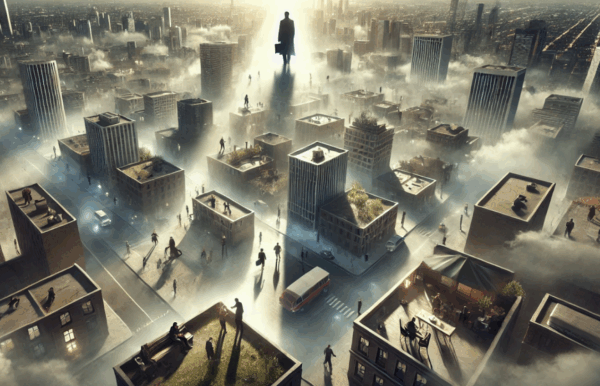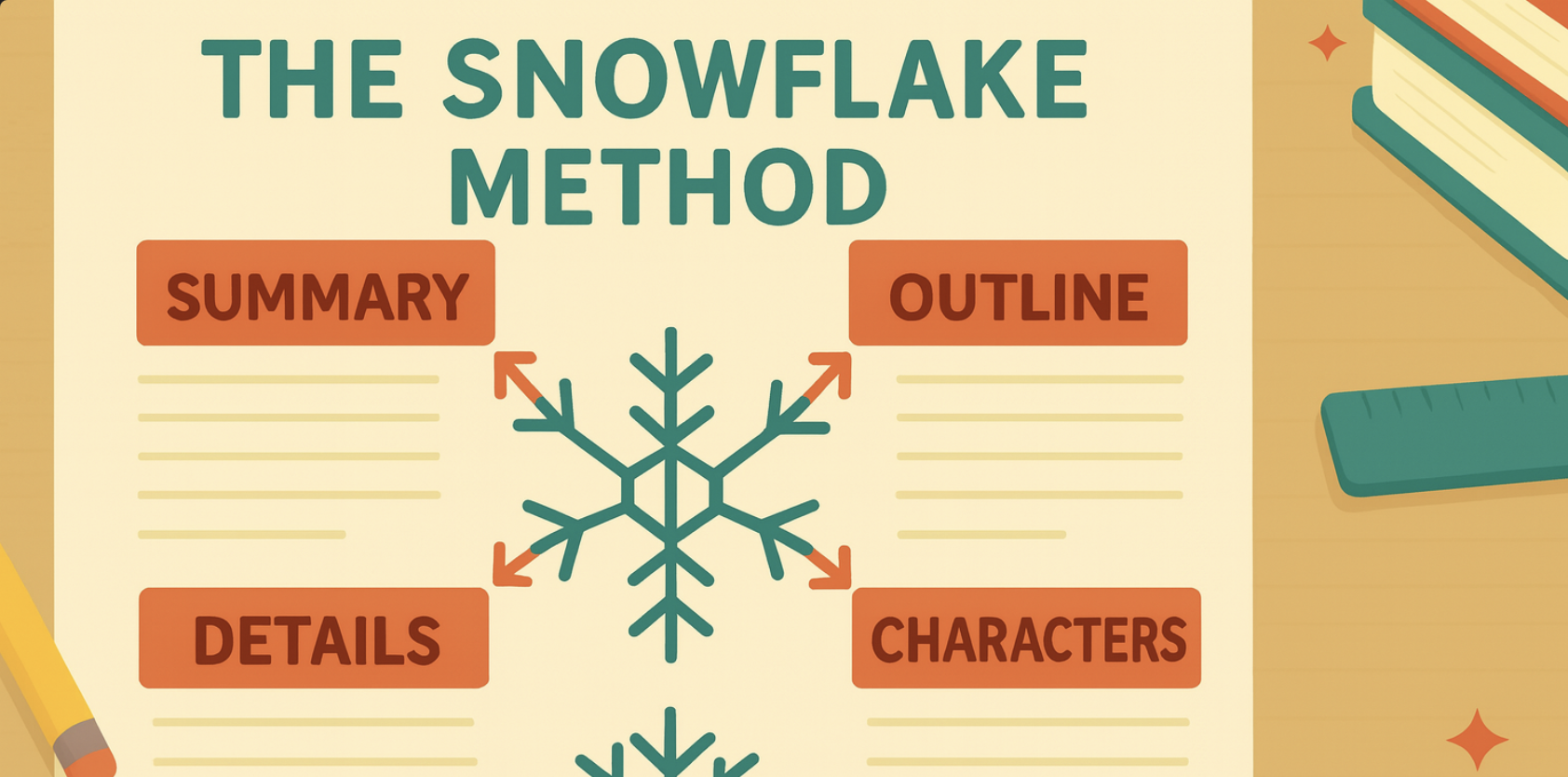In the world of storytelling, suspense is the secret ingredient that keeps readers glued to the pages, hearts racing, and minds buzzing with anticipation. Whether you’re crafting a psychological thriller or weaving tension into a heartfelt romance, the science of suspense is a masterful dance between mystery and revelation. But how exactly do you create that magnetic pull, the one that has readers saying, “Just one more chapter,” until it’s suddenly 2 a.m.? Effective cliffhangers and carefully structured chapters can create anticipation, leaving readers eager to continue and discover more about the plot and characters.
Let’s explore the intricate science of suspense, the art of making readers squirm in delightful agony, and how you, as a writer, can wield this power with precision.
The Neuroscience of Suspense: Why We Crave Tension
Suspense doesn’t just captivate the mind—it hijacks the brain. From a scientific perspective, suspense triggers a flood of dopamine, the chemical responsible for pleasure and reward. When readers encounter uncertainty, their brains latch onto the mystery, wanting to solve it as fast as possible.
The relationship between suspense and the audience’s psychological engagement is crucial. This relationship creates tension by balancing what is known and unknown, leading to emotional involvement in the narrative and the characters’ fates.
It’s like giving someone half a cookie and saying, “You’ll get the other half…eventually.” The result? They become hyper-focused on when that moment will arrive, much like a reader eagerly awaiting a plot twist. Neuroscientists have found that this anticipation engages multiple regions of the brain responsible for emotion, memory, and decision-making. In short, your story isn’t just entertainment; it’s a mini workout for the reader’s brain.
So, if you want your readers to feel that electrifying tension, remember: the brain loves a good puzzle.
How to Build Suspense in Book Writing: The Master Craftsman’s Toolkit
Suspense in book writing is often less about what happens and more about what might happen. Take Stephen King, the literary kingpin of suspense, who expertly toys with readers’ expectations by giving just enough information to keep them curious, but never quite satisfied. Here are a few tricks to add to your writing toolbox:
Your Publishing Journey Awaits – Start NowPacing: Quick, punchy sentences in action-packed moments. Long, drawn-out paragraphs for contemplative scenes. Pacing is your story’s heartbeat—speed it up when the stakes are high, slow it down to build tension. Think of it as a dance: fast-paced footwork, followed by a slow, suspenseful dip.
Withholding Information: Ever notice how not knowing something can drive you nuts? Harness that energy. Readers don’t need all the answers upfront. Withhold key details and drip-feed them as the story progresses.
Red Herrings: Ah, the beloved misdirection. Drop in clues that lead readers astray. They’ll thank you later for the twists that leave them breathless.
The Art of Anticipation: Keep Them Hooked
One of the most powerful tools in your suspense arsenal is anticipation—drawing out that sweet agony where readers know something is coming but not exactly what. When done right, it’s like having your readers sit on the edge of their seat, peeking through their fingers, both dreading and craving the reveal.
Delay your answers. If your character is about to discover something earth-shattering, don’t make it too easy for them. A phone rings, the door creaks open, or a storm rages outside. Build that moment until readers are practically yelling at your character to find out what’s behind the door already.
Remember: suspense is not about how fast you can deliver the answer; it’s about how long you can make readers wait for it.
Emotional Intelligence: Writing for the Reader’s Heart and Gut
While suspense often plays with the mind, it must also tug at the heart. This is where emotional intelligence comes in. To truly grip your audience, you need to understand not only what excites or scares them but also why.
Incorporate deep, relatable emotions into your suspense writing. Readers aren’t just concerned about what happens next; they’re concerned about who it’s happening to. Build relationships between characters that make readers care. When we’re emotionally invested in a character, their pain, fear, and triumphs feel real to us, amplifying the suspense even more.
Suspense Through Character Relationships: It’s Personal
When it comes to character relationships, tension is gold. The closer the characters are, the more stakes are involved, and the higher the suspense. Think about it: danger isn’t just threatening a life—it’s threatening relationships, trust, and emotional safety.
For example, when two characters are forced to work together despite a deep mistrust, each decision becomes a powder keg waiting to explode. Readers will hold their breath, wondering not just about external dangers, but whether these two will betray or save each other.
In suspense writing, relationships are more than emotional connections—they’re the fuse that lights the dynamite.
Mastering Pacing and Timing to Create Suspense
Mastering pacing and timing is crucial to creating suspense in your writing. Think of your story as a rollercoaster ride—there are moments of rapid acceleration that leave readers breathless, and slower climbs that build anticipation. Here are some tips to help you master pacing and timing to create suspense:
Your Publishing Journey Awaits – Start Now- Vary Your Sentence Structure: Just as a composer uses different notes to create a symphony, varying your sentence structure can create a symphony of suspense. Short, snappy sentences can inject a sense of urgency, making readers’ hearts race. In contrast, longer, more descriptive sentences can build anticipation, drawing readers deeper into the story.
- Use Cliffhangers: Cliffhangers are the bread and butter of suspense writing. Ending your chapters or scenes with a cliffhanger keeps readers on the edge of their seats, desperate to know what happens next. It’s the literary equivalent of a TV show’s “To Be Continued…”
- Withhold Information: One of the most effective ways to create suspense is by withholding information. Don’t reveal too much too soon. Keep your readers guessing by strategically releasing key details. Use red herrings to mislead them, creating a sense of mystery and intrigue.
- Create a Sense of Urgency: Introduce time constraints to create a sense of urgency. A ticking clock, a looming deadline, or an impending disaster can heighten tension and keep readers glued to the page.
- Use Pacing to Build Tension: Pacing is your secret weapon in building tension. Quick, snappy scenes can create a sense of urgency, while slower, more descriptive scenes can build anticipation. Think of it as a dance—fast-paced footwork followed by a slow, suspenseful dip.
By mastering pacing and timing, you can create a suspenseful atmosphere that keeps readers hooked from start to finish.
Practical Tips for Writers: How to Master Suspense in Fiction
Now that you understand the theory, here are some practical ways to create that gut-wrenching tension in your own writing:
1. Start Strong: Open your story with a hook that pulls readers into the mystery. Drop them in the middle of something unexpected—maybe not fully explained—so they’re compelled to keep reading.
2. Raise the Stakes: Whether it’s life-or-death situations or the threat of emotional ruin, increasing the stakes keeps readers invested. Make sure your characters always have something to lose.
3. Cliffhangers: End your chapters with unanswered questions or unresolved tension. This technique keeps readers turning pages because they simply must know what happens next.
4. Foreshadowing: Drop subtle hints that something is about to go wrong. This builds a sense of inevitability that creates a slow burn of suspense throughout your story.
5. Twists and Turns: Don’t give your readers what they expect. Throw in a twist that surprises them, but make sure it’s believable within the context of your plot.
Mastering Suspense—More Than Just a Plot Twist
Suspense is an art form. It’s not about endless cliffhangers or a constant barrage of twists. It’s about understanding how readers think and feel, and crafting your narrative to keep them engaged, emotionally invested, and, yes, a little bit tortured.
If you want to sharpen your suspense-writing skills and explore how modern technology can enhance your story, Spines is your ideal partner. Combining AI tools with expert guidance, Spines helps you fine-tune every aspect of your book—from the smallest detail to the grandest twist. Our streamlined, user-friendly platform is designed to take the guesswork out of publishing, so you can focus on perfecting that page-turner.
Have a manuscript ready? Upload it to Spines, and we’ll help you turn your suspenseful masterpiece into a published book, reaching readers worldwide. Suspense doesn’t just belong in your story—it belongs in your publishing journey too.
Now, go forth and craft stories that leave your readers breathless, because in the world of writing, suspense is the thread that keeps the entire narrative fabric intact. After all, it’s not just about keeping them on the edge of their seat—it’s about making sure they never want to leave.
Putting it All Together: Crafting a Suspenseful Narrative
Crafting a suspenseful narrative is like weaving a complex tapestry, where every thread contributes to the overall picture. Here’s how to put it all together:
- Create a Strong Plot: A strong plot is the backbone of any suspenseful narrative. Ensure your plot is engaging, twisty, and full of surprises. Keep your readers guessing with unexpected turns and revelations.
- Develop Complex Characters: Characters are the heart of your story. Develop multi-dimensional, relatable characters that readers can connect with. When readers care about your characters, their stakes become personal, amplifying the suspense.
- Use Setting to Create Atmosphere: The setting can be a powerful tool in creating a suspenseful atmosphere. Use descriptive language to evoke a sense of foreboding or unease. Whether it’s a dark, stormy night or an abandoned house, the setting can enhance the tension in your story.
- Build Tension and Suspense: Use pacing, cliffhangers, and withholding information to build tension and suspense. Keep your readers on their toes, always wondering what will happen next.
- Use Red Herrings: Red herrings are a classic tool in suspense writing. Mislead your readers with false clues, keeping them guessing and second-guessing. Use them sparingly to maintain the element of surprise.
By combining these techniques, you can craft a suspenseful narrative that keeps your readers engaged and guessing until the very end. Remember, the key to creating suspense is to build tension, keep your readers invested in your characters, and always stay one step ahead. Happy writing!
Your Publishing Journey Awaits – Start Now








